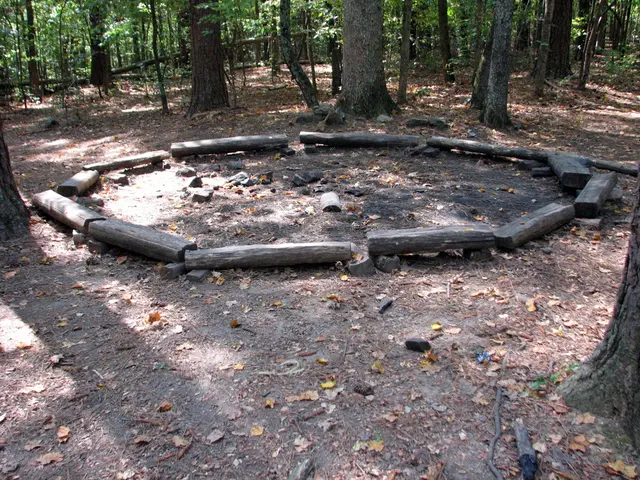Can India transition its electricity production from coal to nuclear power?
In India, coal mining plays a significant role in supporting millions of jobs, particularly in resource-rich states like Jharkhand, Odisha, and Chhattisgarh. However, the burning of coal is a leading contributor to air pollution and greenhouse gas emissions, responsible for over 40% of India's CO2 emissions.
India's energy strategy is not an either-or choice but a judicious mix of coal, nuclear power, and clean energy resources. Nuclear power, with its potential to provide energy independence, minimize waste management requirements, and nuclear proliferation risks, aligns more closely with India's vision for a low-carbon future.
India has over 60 years of experience in nuclear energy technology and has achieved significant progress in technology development, fuel use efficiency, and human resources development. Indian nuclear plants adhere to stringent safety standards and are supervised by the International Atomic Energy Agency.
One of the key advantages of nuclear power is its ability to provide base load support and serve as an enabler for large-scale variable renewable energy integration. Nuclear power generation could potentially fill the gap and replace coal-based electricity generation.
India's nuclear power development could be advanced through the recent opening up of the nuclear sector through joint ventures and private sector participation. Fast-tracking of Thorium reactors and advancing indigenous technologies like the Bharat Small Reactors and Small Modular Reactors can enhance energy security and reduce dependency on imported uranium.
India has one of the largest deposits of Thorium in the world, a potential source for fueling nuclear power. Thorium-powered reactors have the potential to provide energy independence and reduce nuclear proliferation risks in India.
While nuclear power is gaining interest as a reliable source and key enabler for achieving decarbonisation of the energy sector, securing suitable sites for nuclear plants often encounters resistance from local communities due to concerns about displacement, environmental impacts, and radiation hazards.
The Indian government has set a target of a non-fossil energy capacity of 500 gigawatts (GW) by 2030, with a focus on solar and wind energy. Besides India, countries such as China, Brazil, South Africa (all BRICS members), and nations in Europe like Belgium and Hungary have shown increased interest in nuclear power in recent years and are potential partners for collaboration with India in nuclear energy development.
Coal, despite being the second-largest producer and consumer of coal in the world, providing a pragmatic solution in the short term due to its affordability, abundance, job creation potential, and the country's developmental needs, its share in the energy mix has to come down progressively.
Nuclear power, with its ability to provide clean energy and support base load power, could play a crucial role in helping India meet its energy needs while reducing its carbon footprint. The challenge lies in addressing the challenges of high capital costs, safety concerns, and waste management, but with the right strategies and partnerships, India is well-poised to move ahead on nuclear power development.
Read also:
- Emerging Investment Trends in China's Ethical Finance Sector for 2025
- Celebrated Title: Cheesemakers Blessed Upon
- Construction and renovation projects in Cham county granted €24.8 million focus on energy efficiency
- Trump challenged in court over halting billions in funding for electric vehicle charging infrastructure








